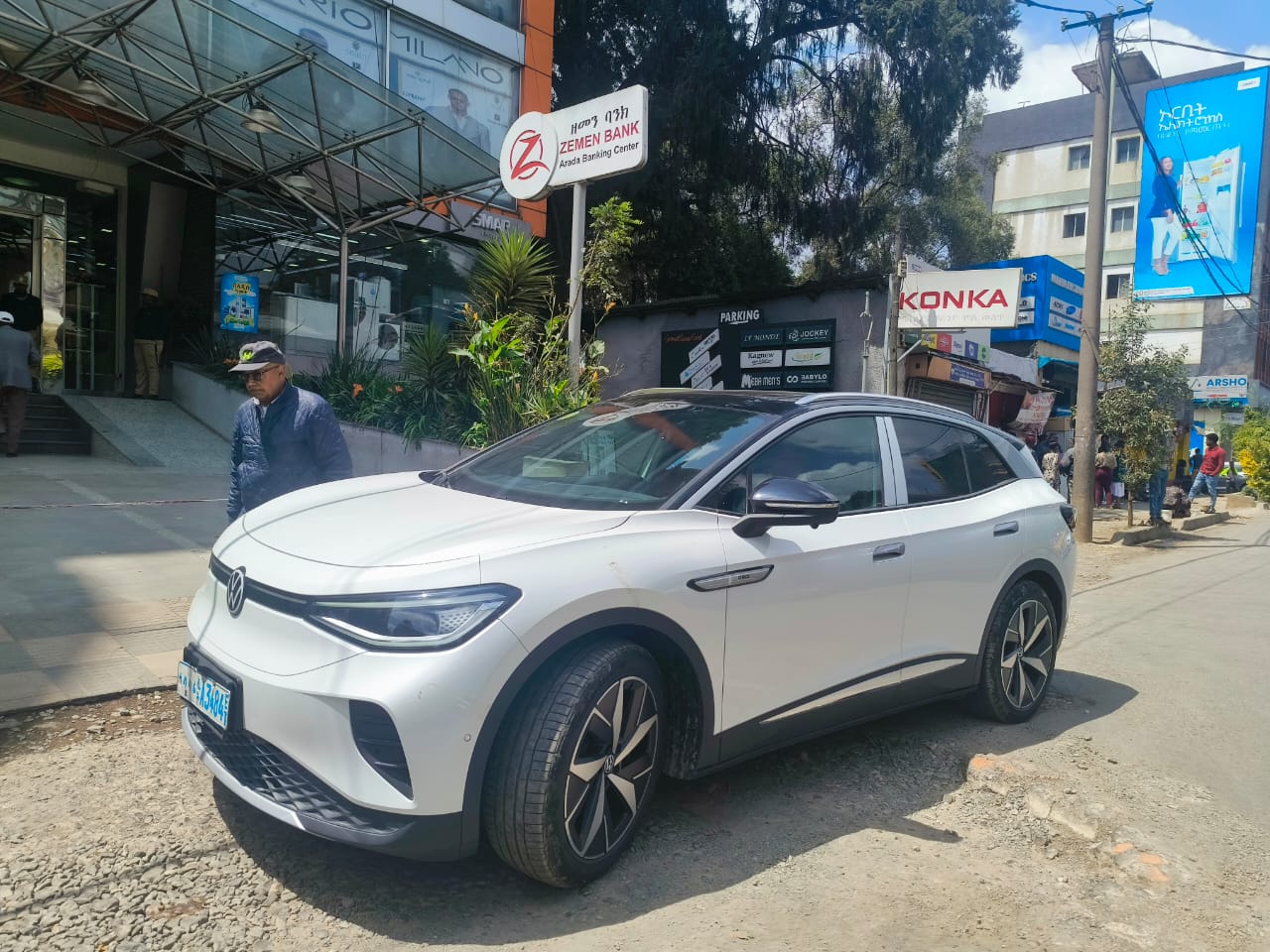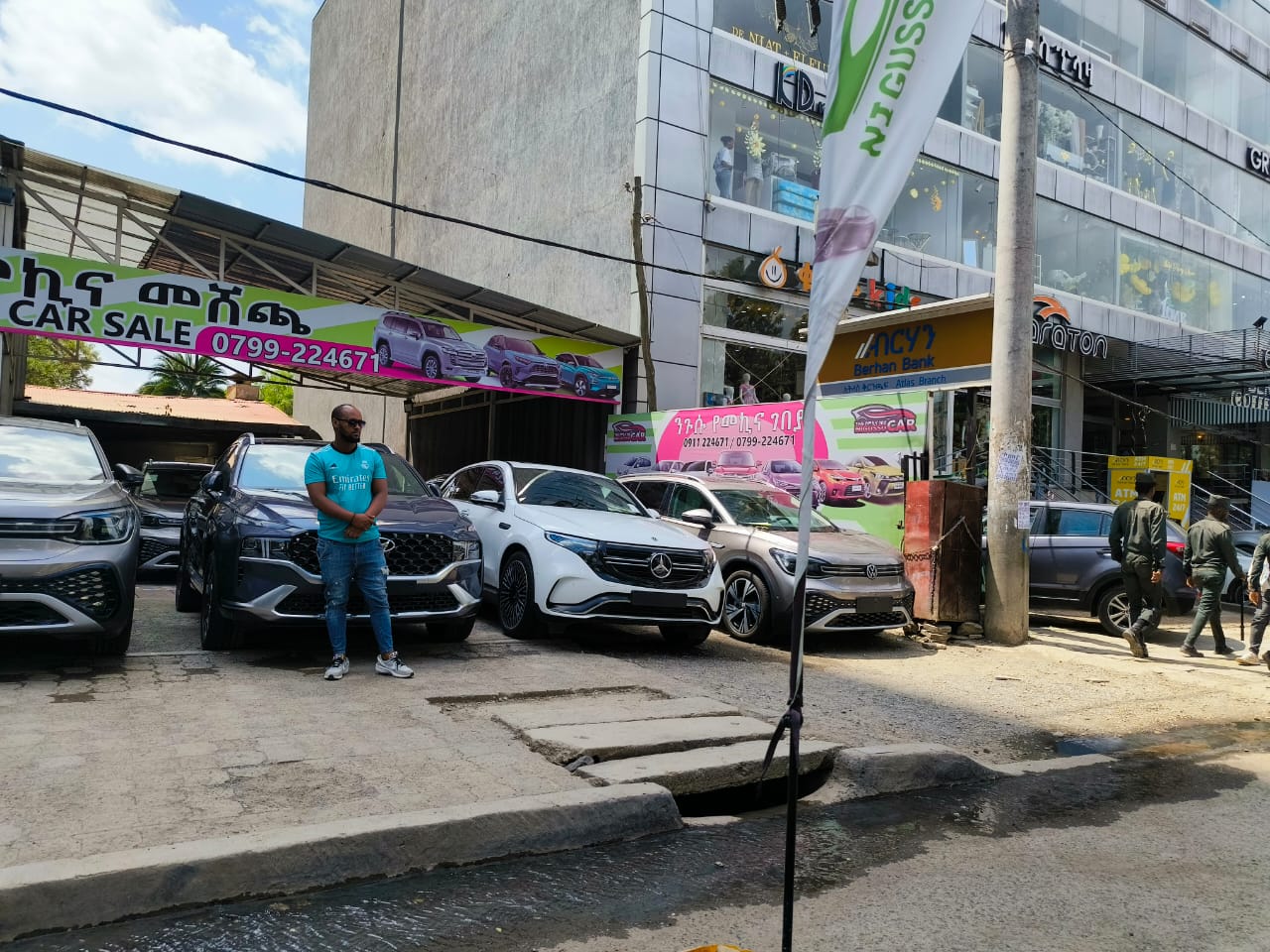Sign up for daily news updates from CleanTechnica on email. Or follow us on Google News!
I have always thought that adoption of electric vehicles in Africa will happen a whole lot faster than a lot of people think. So, it’s great that we are starting to see a lot more activity in several countries on the continent, from electric motorcycles to electric tuk-tuks to electric buses for public transport. Speaking of buses, Cape Town–based Golden Arrow Bus Services recently ordered 120 electric buses from BYD. These buses will be delivered starting from next quarter. This order is part of the company’s bigger plans to transition its entire fleet of over 1,200 buses to electric. In Kenya, the progress being made by companies such as BasiGo showes us how quickly a transition to electric buses can take place.
A segment that is overlooked a lot is electric cars. Africa is not on the radar of most of the traditional OEMs in the auto industry that are bringing out, planning to bring out, or being compelled to bring out new EVs due to stricter emission rules in Europe and other markets. Looking at new vehicle sales in Africa compared to other regions, it’s not hard to see why. New vehicles sold across the entire African continent is less than 2% of the global new vehicle sales market. However, new vehicle sales don’t show the real picture for Africa, as about 90% of vehicles imported into the various countries across the continent are used vehicles from other continents. Even with these used vehicles, the majority of African countries still have very low levels of motorization compared to countries in the developed world. Only a handful of countries have motorization rates above 100 vehicles per 1000 people. The majority of countries have rates below 50 passenger vehicles per 1000 people.
Even though the majority of countries are starting from a very low base, sales of vehicles (new and used imports combined) are growing at rates of around 10% per year in a lot of these countries, and here lies the opportunity for another leapfrog moment. This opportunity is most likely to be missed by the traditional/legacy automakers looking at new vehicle sales as the “total addressable market” (TAM). Individual countries can import around 100,000 used vehicles per year. Aggregating all of these over several countries presents a decent addressable market for the right sized brand new, affordable EVs. However, substituting a good chunk of used ICE vehicle imports with more affordable used EVs can also be critical to catalyzing adoption of EVs.
A significant portion of used EVs can potentially start to arrive in several African countries in significant volumes very quickly as more EVs start to become available in used vehicle markets in the larger car markets, such as North America, Europe, and China. In general, used cars that are 5 years or more from the date of manufacture tend to fall in the price range that buyers of used vehicles in a lot of African countries can afford. That means EV made in 2019 or so start looking quite attractive. This is in line with usual used vehicle imports for ICE vehicles. These vehicles also have longer driving ranges and better battery technology than earlier models, such as the first-generation Nissan Leaf.

An interesting phenomenon first observed at scale in Ethiopia could help accelerate the adoption of used EVs, including much newer very-low-mileage models that are a year or so old as well as some brand new heavily discounted models. There were quite a number of electric car models that were not selling as fast as other models in China. Some of these include the Toyota bZ4x EV, Mercedes-Benz EQ range, and VW’s ID.4 and ID.6. Quick-thinking Ethiopian car dealers in collaboration with their partners in China started to source a lot of these vehicles and sell them in Ethiopia. As Ethiopia drives on the same side of the road as China, it was pretty straightforward for these vehicles to be marketed in Ethiopia. At the same time, the Ethiopian government exempted all electric vehicles from VAT, surtax, and excise tax! They went further by exempting completely knocked down kits from customs duty tax. This move was made to encourage the local assembly and component manufacturing sectors for electric vehicles. Semi-knocked down kits now attract a customs duty tax of 5% and fully built electric vehicles will have a customs duty of 15%. This helped encourage even more EV imports.

According to reports and announcements from the Ethiopian government, Ethiopia had a plan to catalyse adoption of electric vehicles in Ethiopia with a 10-year target to see 148,000 electric cars and close to 50,000 electric buses on Ethiopia’s roads by 2030. However, Ethiopia has made incredible progress on this path to the extent that the Ministry of Transport and Logistics recently said that this target of over 100,000 electric vehicles has already been met in just the first 2 years of this plan! How cool is that? Some reports say the number is around 70,000 electric cars, which is still a lot in such a short timeframe for a traditionally small car market.
Due to this incredible progress, the target has since been bumped up to close to 500,000 in the 10-year period. Let’s take a moment to take this all in. In just 2 years, locally assembled EVs and imported EVs have added almost 10% of Ethiopia’s current total ICE vehicle registrations! Let us say that all the vehicles in the current fleet stay on the road for the next 8 years (highly unlikely) and the total fleet will then be 1.7 million. If the target is met, it would mean the penetration of electric vehicles in Ethiopia’s total fleet would be close to 30% at that time. The Ethiopian government has since gone one step further, announcing plans to ban future imports of all ICE vehicles and allow only EVs going forward. This could ensure that the progress made so far will not be a once-off event. A very bold move by the government.
Several other countries, such as Rwanda, also have good incentives for EVs. Ghana has some good incentives for EVs for use in the public transport sector. The example from Ethiopia could be replicated in a lot more countries on the African continent that use left-hand-drive vehicles. But what about those countries in East and Southern Africa that drive on the opposite side of the road (similar to the United Kingdom and Japan) and hence would need right-hand-drive vehicles? They won’t be able to get as many vehicle models from China. Well, it seems that a similar opportunity could arise very soon!
Reports from Thailand say that there are about 490,000 unsold EVs, according to the Electric Vehicle Association of Thailand (EVAT), which is equivalent to 63% of all vehicles the country produced in the past 12 months. This is due to several reasons, including a ramp-up of exports of EVs from Chinese based OEMs to Thailand, Thailand government EV subsidies, as well as several OEMs setting up EV production plants in Thailand and boosting the supply of electric vehicles on the market going forward. With a lot of discounted brand new and fairly new EVs on the market in Thailand, this could be a big opportunity for countries in East and Southern Africa to source EVs from Thailand en masse, similar to what happened with Ethiopia cashing in on widely available EVs in China. Zambia quickly comes to mind. Zambia has removed customs duty on electric motorcycles, electric cars, electric buses, electric trucks, and attendant accessories such as charging systems. Zambia has also reduced excise duty to 25 percent from 30 percent on hybrid vehicles designed for the transportation of persons.
These measures from the Zambian government help to remove a major cost hurdle for consumers and makes new and fairly new EVs much more affordable. Will we see a similar rush to source EVs from Thailand — for example, by Zambian car dealers — as we saw from Ethiopian car dealers rushing to China? With these key source markets for more affordable EVs in both right-hand-drive and left-hand-drive setups now having a significant inventory of new and fairly new EVs, this could help displace a considerable number of used ICE vehicles from the traditional annual used ICE vehicle import channels in quite a number of markets on the African continent. The shift to electric cars could happen faster than previously thought.
Have a tip for CleanTechnica? Want to advertise? Want to suggest a guest for our CleanTech Talk podcast? Contact us here.
Latest CleanTechnica.TV Videos
CleanTechnica uses affiliate links. See our policy here.
CleanTechnica’s Comment Policy




